Ensure Funding Security: Seizing Opportunities in China's Sustainable Investment (Expert Opinion)
The case studies in this section, based on expert interviews with senior management of certain multinational corporations operating in diverse sectors in China - including those companies named below - examine the major challenges, opportunities and best practices for recalibrating core business strategies and operations to drive the transition to a more environmentally and socially responsible future.
- Cherry Yeung
- Sam Chen, Regional Lead, Policy and Insights, ACCA China; Adrian Chong, Manager, Policy and Insights, ACCA China
Although the China General Nuclear Power Corporation (CGN Power) has integrated sustainability considerations across its operations, the company remains committed to continually evaluating and fine‑tuning its approach to ensure the greatest possible impact, says Shan Jing, Vice General Manager of the Asset Management Department.
“Sustainable development provides common ground for understanding among all stakeholders, as it has become an important concept and trend globally,” says Shan Jing, who has seen firsthand the rapid growth in the importance of sustainable investing over the last decade, as well as the rising demand from stakeholders for greater transparency and more detailed reporting.
The core business of the CGN Power is nuclear power generation. Facing strict regulations in domestic and international markets, the company has actively integrated sustainability principles into its operations, a process accelerated after its 2014 listing in Hong Kong and its 2019 A‑share market listing on the mainland. Its subsidiaries, which extend across the wind and solar sectors, civilian nuclear technology applications, and China's nuclear fleet supply, also adhere to the same approach.
Shan believes there is now a global consensus that sustainable investing is important, a consensus that is also evident in China, saying: “It is particularly the case with regard to the advancement of policies around carbon neutrality and green finance.”
While there is huge growth potential, he maintains there is still a lack of strong systematic frameworks to fully support the investment process, saying: “Domestic financial institutions often focus more on financial indicators rather than on equally crucial non‑financial aspects such as corporate governance or social impact. There is still much room for improvement.”
Ensure funding security
In recent years, guidelines from the government’s State-owned Assets Supervision and Administration Commission have emphasised the importance of enhancing ESG mechanisms and management systems for listed central SOEs in order to improve performance. This has provided clear direction as they look to prioritise sustainable development in their strategies and operations.
Talking from his own company's perspective, Shan said: “As a clean energy company focused on nuclear power generation, we place high importance on ensuring funding security when formulating financial strategies and implementation processes.
“For more than a decade, we have leveraged our clean energy brand through such strategies as Green+ to facilitate financing. This has involved preferring green standards and principles for key projects in areas such as credit facilities and third‑party certified overseas green bond issuance. We were among the earliest domestic firms in this field and have received significant market attention by aligning our branding with sustainable practices.”
The same also applies to overseas business, including many projects in countries within the Belt and Road Initiative (BRI). Indeed, overseas assets account for 10% of the company’s total.
Detailing both its global and domestic approaches, Shan said: “In the early stages, we invested in renewable energy projects and construction in Europe. We are now also actively involved in such areas as hydrogen energy and renewables across Southeast Asia and South America.
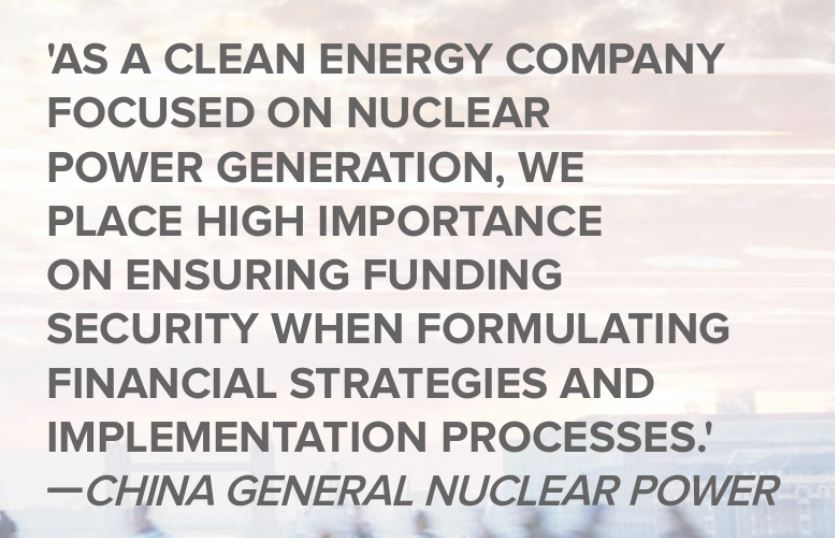
“Domestically, our investments have mainly focussed on industrial projects in clean energy sectors through about a dozen specialised companies. Additionally, the life‑cycle management of nuclear power and similar projects has to strictly follow sustainable investing requirements at each stage – from site selection to decommissioning. Environmental, safety, quality, and other non‑financial impacts are all carefully evaluated as part of the decision‑making process.”
In the case of cross‑border projects, challenges are more likely to arise in implementation areas, such as accessing financing in some currencies or jurisdictions. Still, in broad terms, he believes, most markets support sustainable development.
Digging a little deeper into this, he says: “While tax and foreign exchange policies may vary from country to country, from the perspectives of safety, quality, environment, and compliance, the issues addressed tend to be harmonising internationally rather than diverging.”
Sustainability operations and financing
Turning to the use of green financial instruments, he says: “Overseas, we rely heavily on offshore green bond issuance. Domestically, though, we tend to utilise a variety of green financial products, including China's earliest carbon bond, which was launched back in 2014, well before renewable energy gained widespread attention. This innovative bond allowed us to link returns to our carbon emissions performance.”
Since then, the company has worked actively to expand its suite of domestic green financial instruments, a move driven by a combination of policy support and the evolution of the market. CGN Power has also experimented with blue bonds as a way to fund marine sustainability projects. Overall, it has put a lot of effort into adhering to green financing principles for project evaluation, fund allocation and transparent reporting.
Addressing the importance of this, Shan says: “We have initiated third‑party verified carbon accounting conducted prior to all major green bond issuances, especially in Europe.
“When making investment decisions, we conduct comprehensive assessments incorporating both environmental and social factors as well as financial viability. Only those projects deemed financially sound in yield terms and other criteria, which also comply with local regulations, stakeholder expectations and our internal sustainability strategy across the project lifecycle get the go‑ahead.”
Maintaining this balanced approach inevitably requires constant communication with stakeholders, including those that provide equity and debt capital. This means regular investor updates and disclosures on the part of CGN Power. The company has also found that many bond investors – particularly pension and insurance funds – appreciate transparency when it comes to the company’s ESG performance given their long‑term investment horizons.
Emphasising the importance of this, Shan said: “By more fully integrating sustainability into our core operations and investment due diligence frameworks using sustainability‑based criteria, we have been better able to create shared value. However, current disclosure requirements focus primarily on retroactive compliance with information requests rather than proactively providing guidance for strategic sustainability plans.”
Initial sustainability adoption focused less on reporting and more on future success may require a longer‑term sustainable development vision to be mapped out, one that involves screening both equity and debt‑funded projects.
Looking to the future, Shan said: “Going forward, we must improve our systems for systematic planning and goal‑tracking in order to keep pace with the rapidly‑evolving global regulatory requirements and stakeholder expectations. Overall, we aim to be more proactive on the research front and to have a more organised approach rather than simply passively responding to external pressures. This will ensure our sustainable investments genuinely deliver when it comes to environmental and social benefits.”
For further details, please click here for the report.









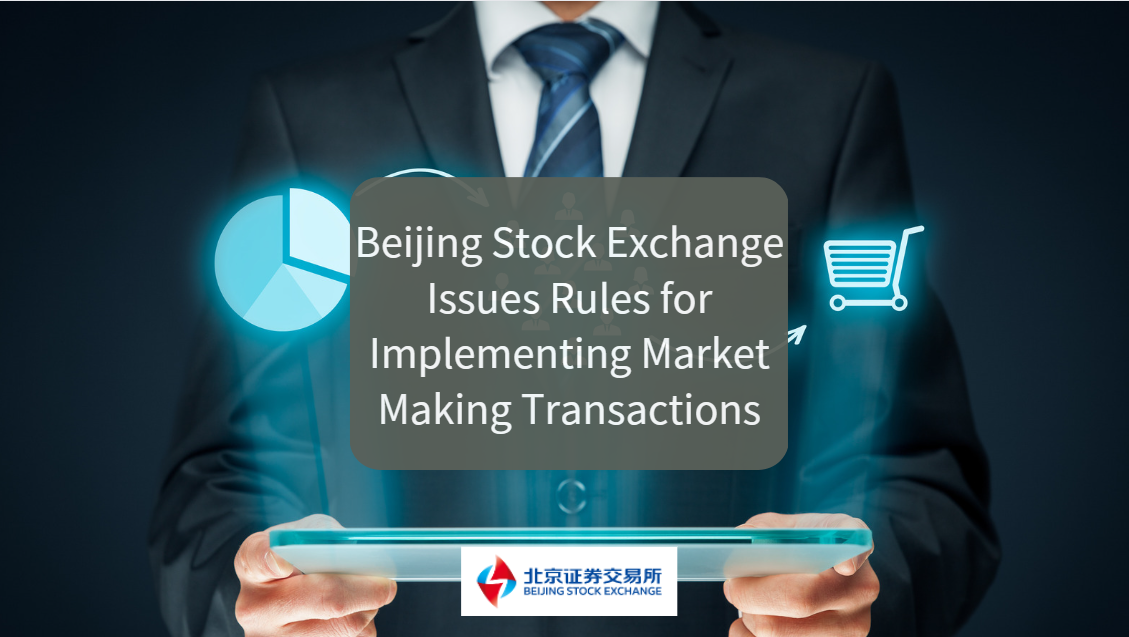
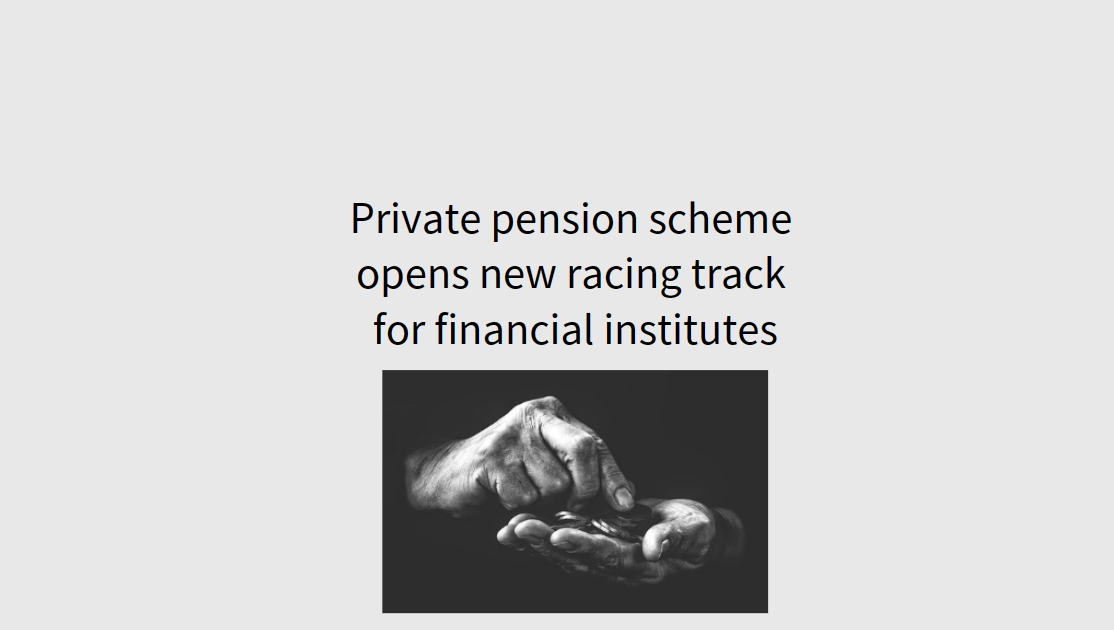
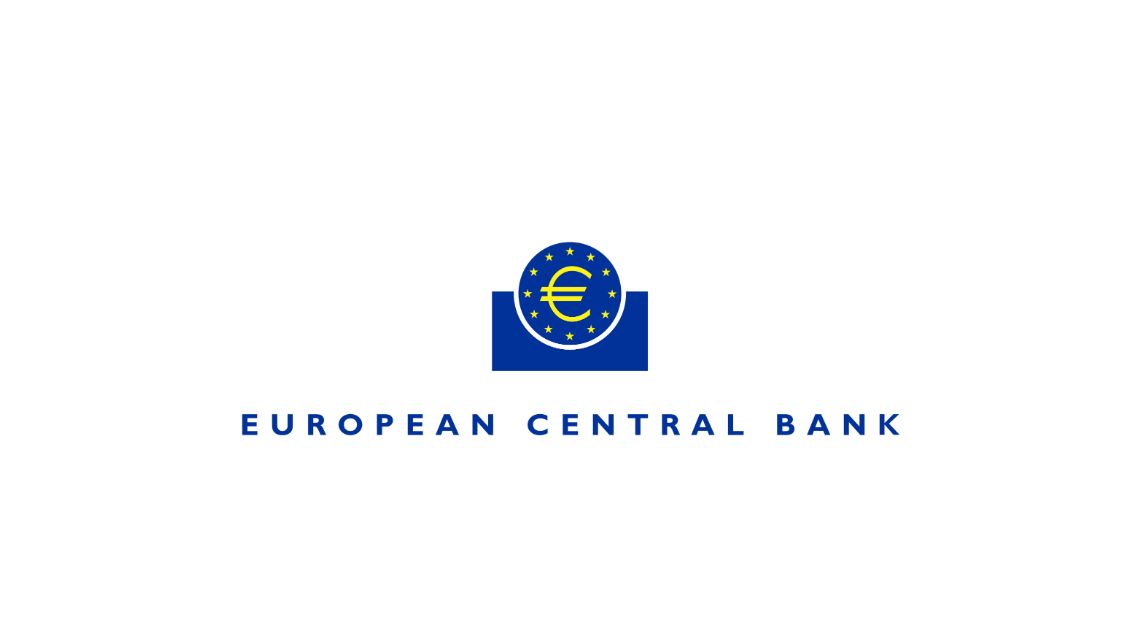
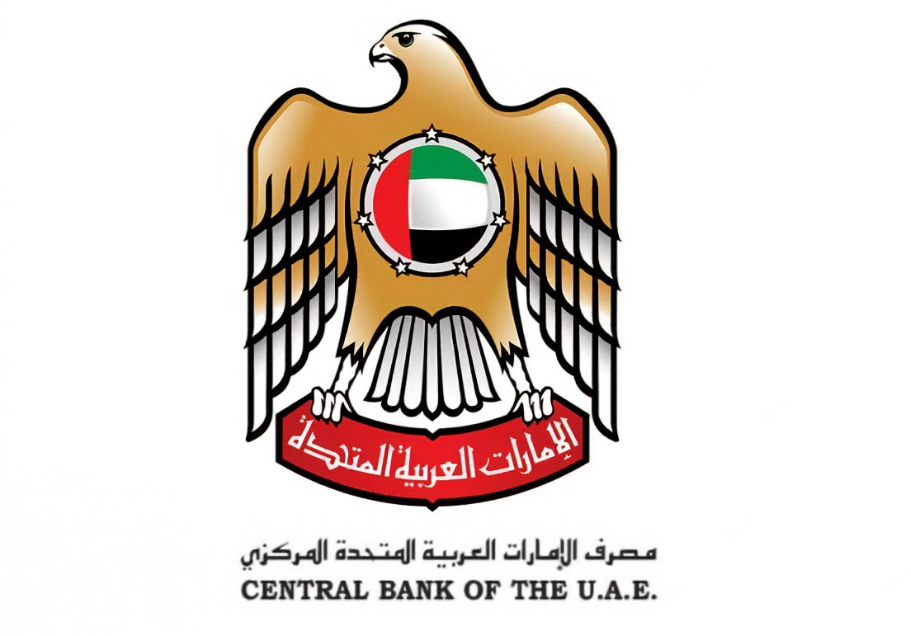
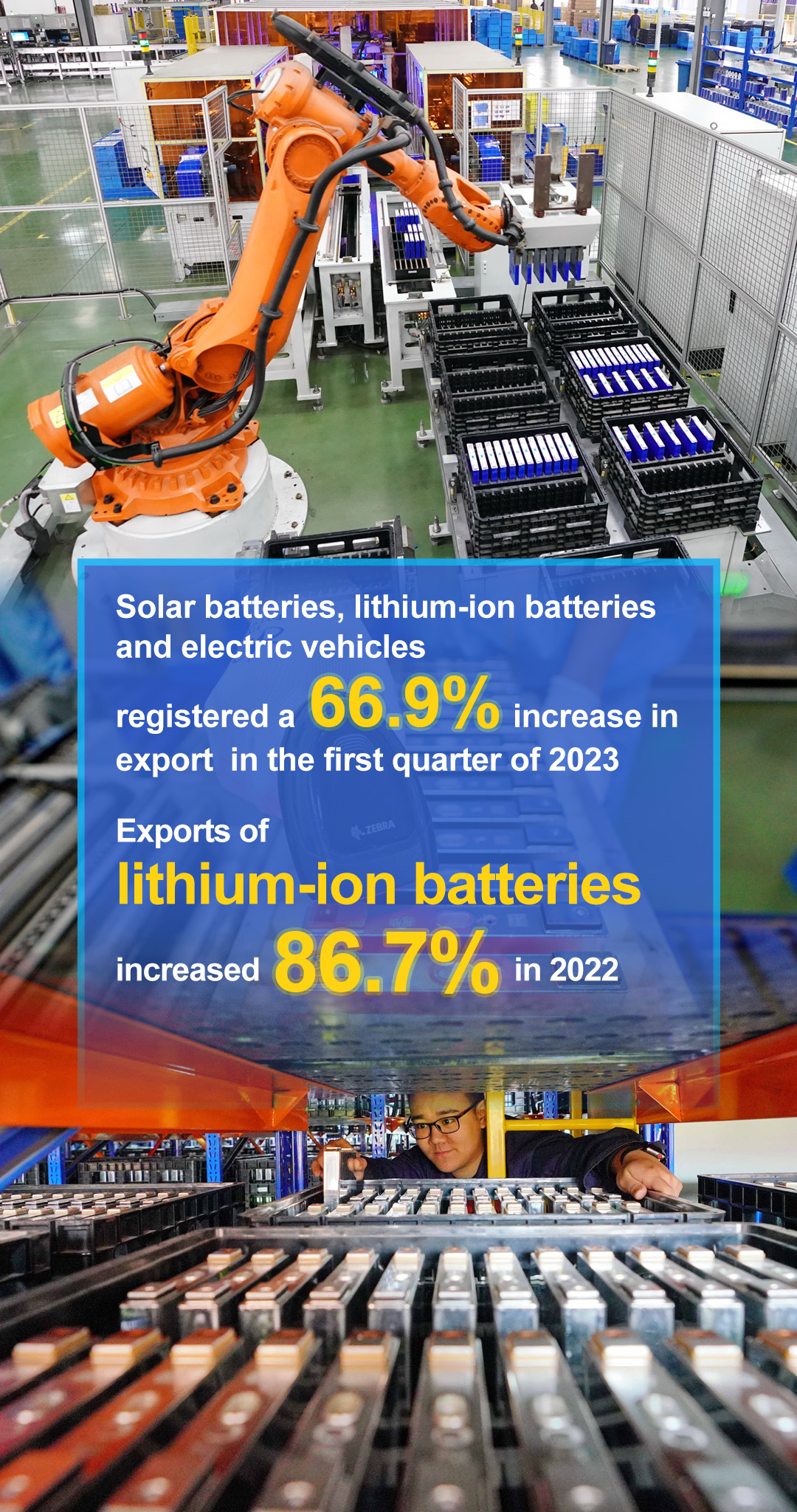
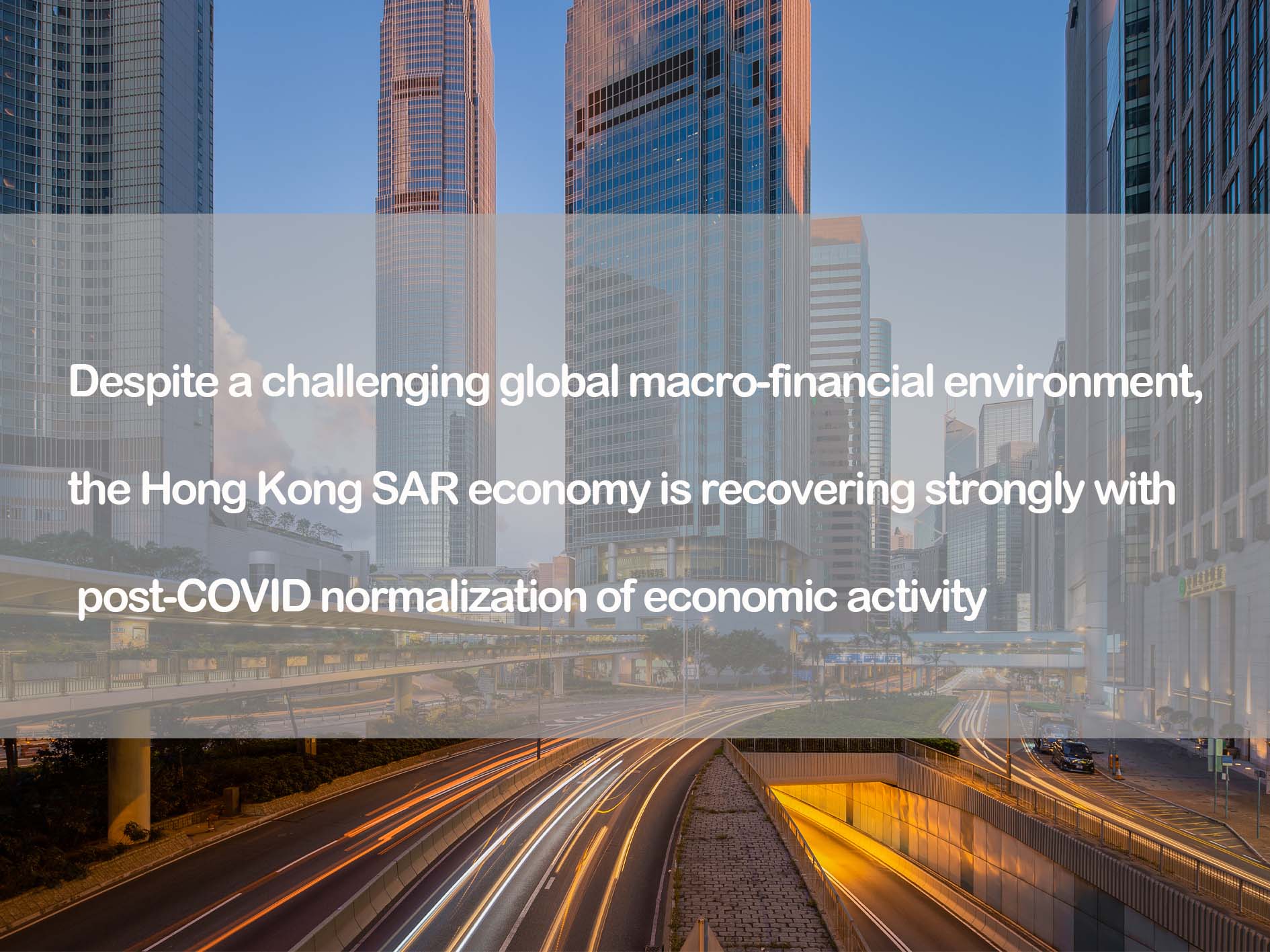


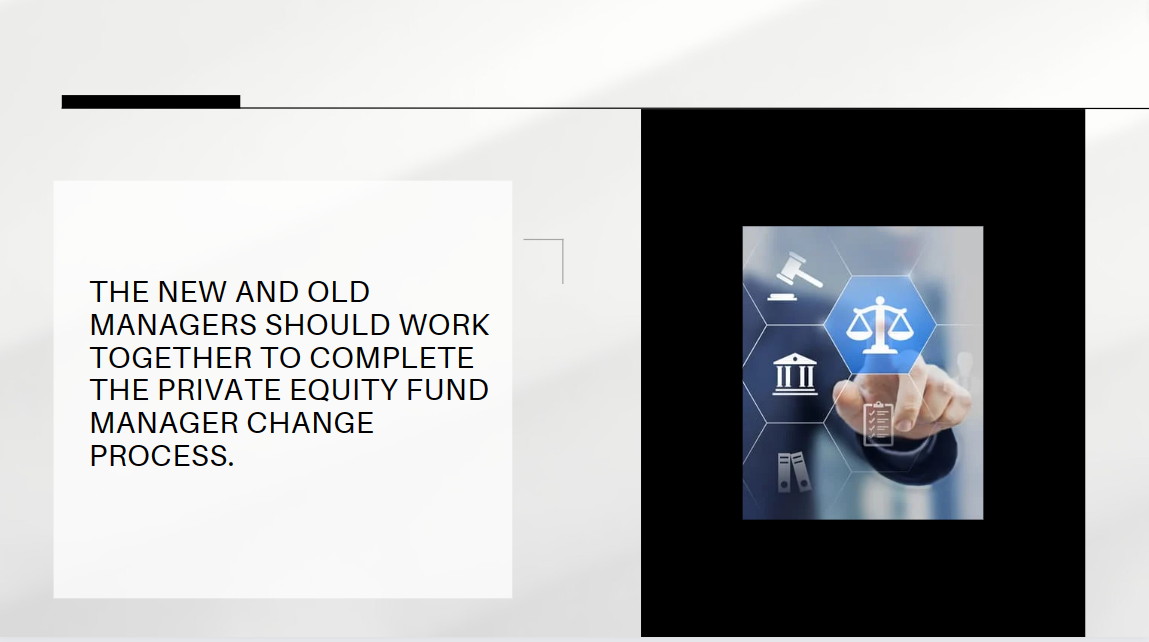
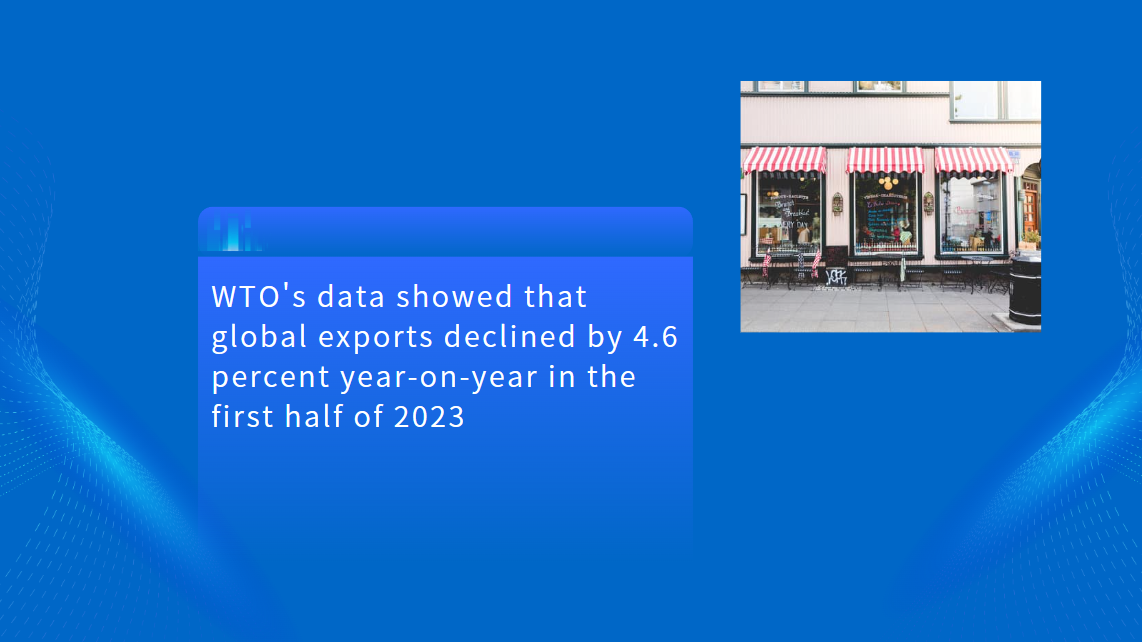
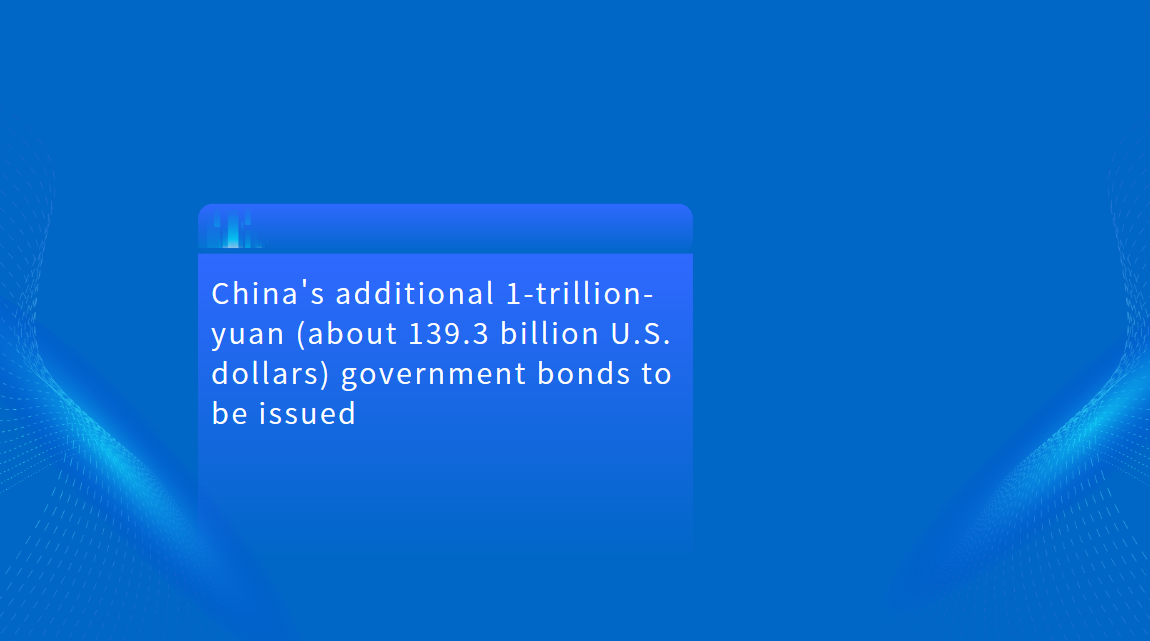
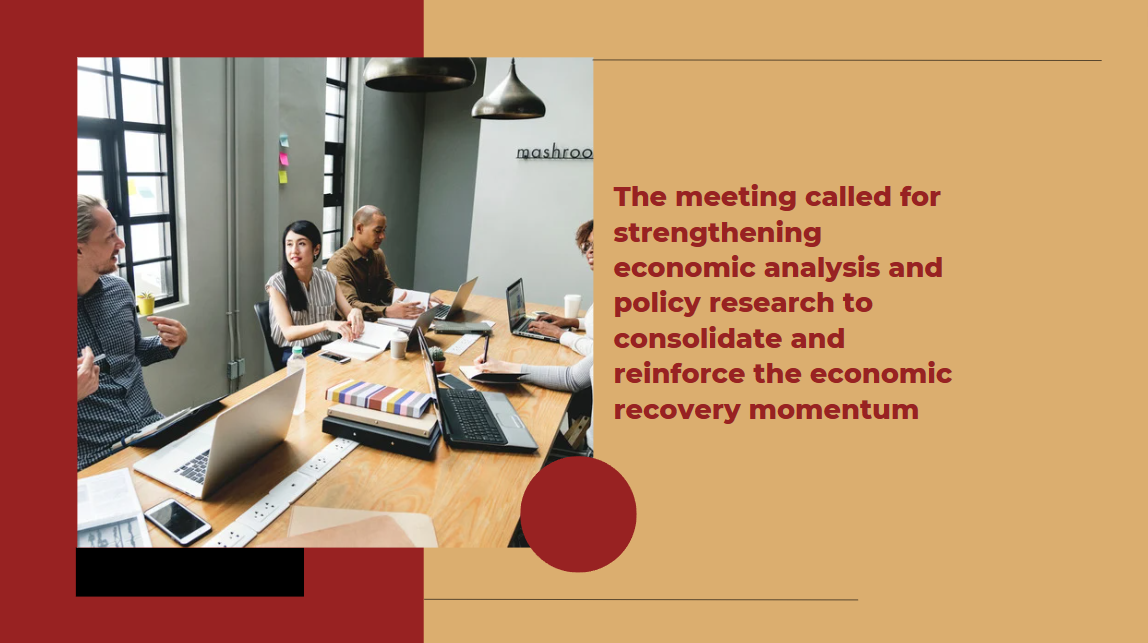
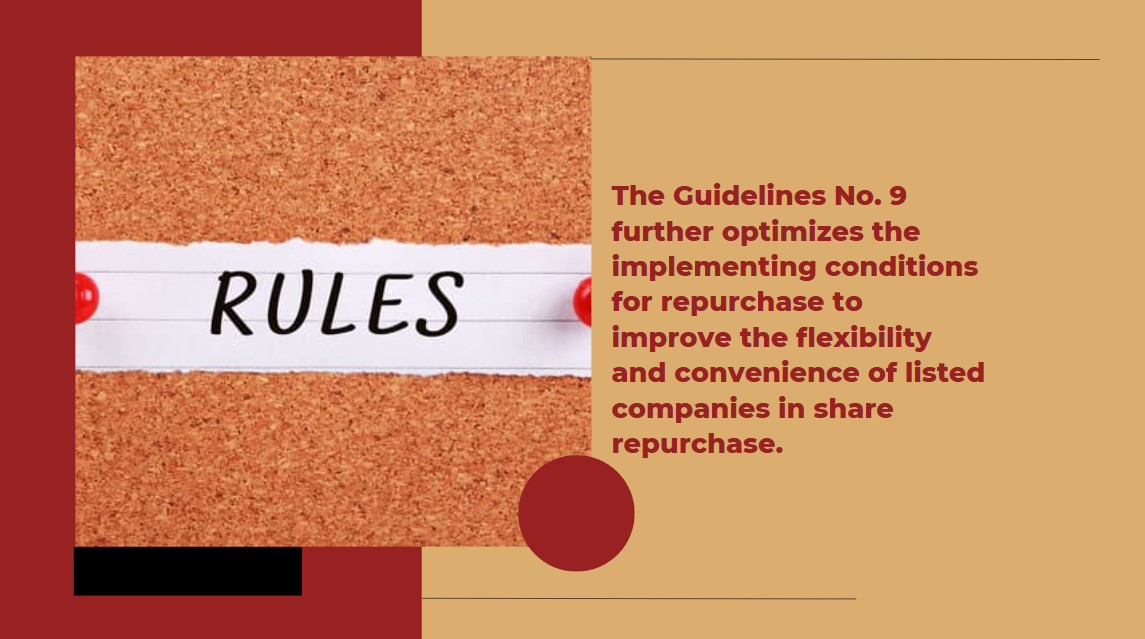
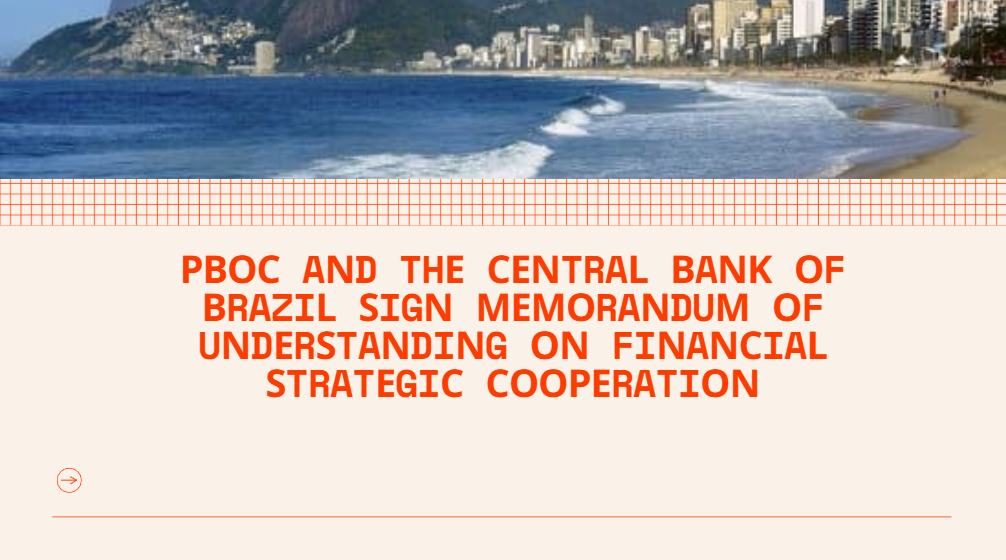


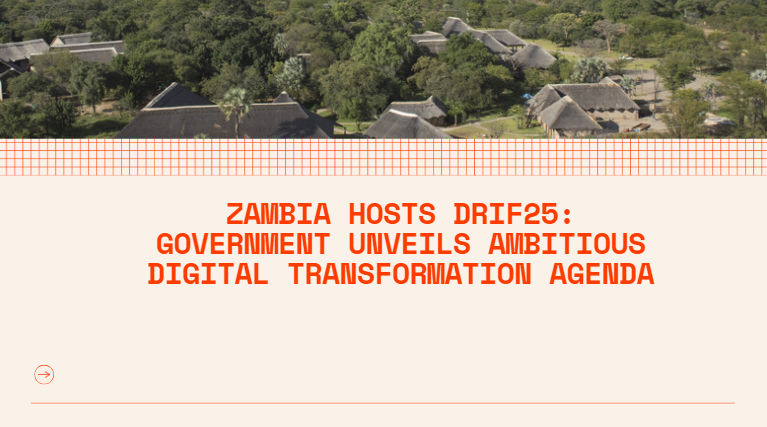












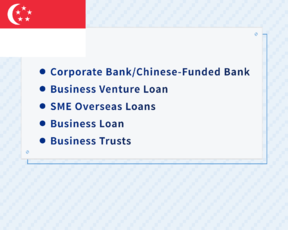














First, please LoginComment After ~